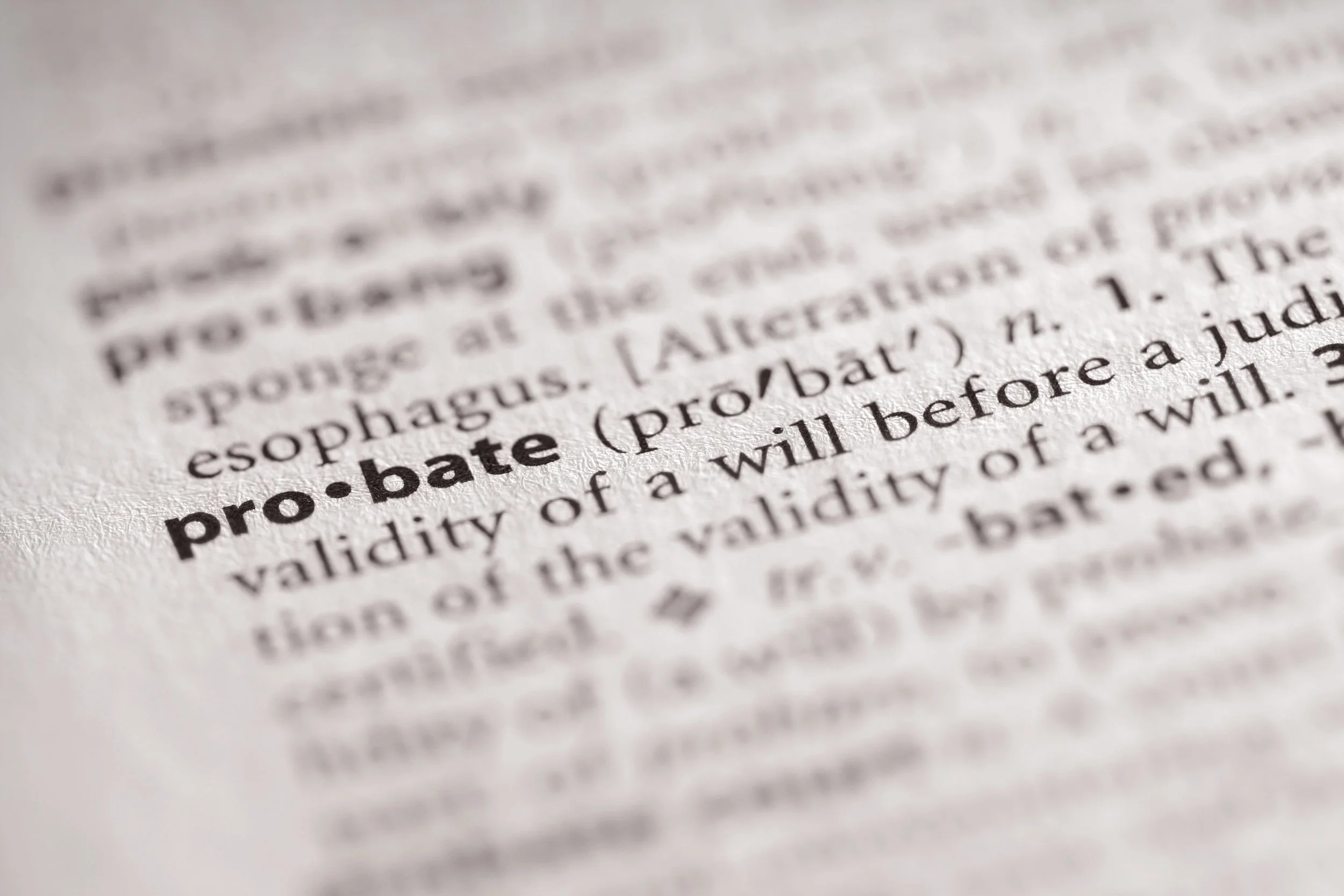Get to Know the Probate Process
After a loved one dies, you will have many questions about what you are supposed to do.
Where should probate be filed?
If the decedent had a trust, how do you discover what was included in the trust?
Did the decedent have creditors? How do you locate, notify, and deal with them?
In situations like this, it is important to know what to expect the process to include. Colorado provides for probate proceedings for individuals who die with a will as well as those who die without one. However, if the decedent died with a revocable trust instead of a will as his estate plan, probate may not be needed. Additionally, if the decedent held property in joint tenancy or properly executed a beneficiary deed prior to her passing, that also might avoid probate. It is critical at this point to speak with a professional who can answer the question, “Is probate needed?”
The process starts with locating the decedent’s estate documents, if they exist. You may need to gain access to a safe deposit box to gather the appropriate documents at this point. You should also obtain at least one original copy of the death certificate. (Multiple copies are preferable, if they are not cost prohibitive.) Funeral directors will usually get the death certificates for you, but if you need another, for a previously deceased spouse, the first copy will cost $20, $13 for each one thereafter.
Send your request and payment to:
Vital Records Mail Services
Attn: Colorado Vital Records
P.O. Box 222130
El Paso, TX 79912
If probate is required for a property, you should consult with an attorney and a real estate broker knowledgeable in the probate process. They can help explain what the Colorado probate process will be like for your particular situation.
Generally speaking, the Colorado probate process consists of:
Establishing who will be the estate’s personal representative (the individual in charge of running the estate through probate, sometimes referred to as the executor). This is done through filing an application or petition with the appropriate court. Application to the court for being designated personal representative is required even by someone named into decedent’s will.
Notifying beneficiaries that a probate has been opened.
Collecting, inventorying and protecting the assets of the estate.
Managing the assets of the estate during the probate process.
Locating and notifying creditors that an estate has been created and letting those creditors know when the deadline for filing a claim against the estate is.
Paying any family allowances and dealing with any spousal elections, as needed.
Paying the bills, including taxes, and satisfying the claims of creditors of the estate.
Making distributions to the heirs or beneficiaries of the estate.
Closing the estate after all of the above responsibilities have been completed.
If the decedent died with a revocable trust instead of a will, the trust settlement process generally consists of:
Locating the original trust documents;
Registering the trust in the appropriate jurisdiction pursuant to Colorado Revised Statutes (“C.R.S.”) §15-5-205;
Establishing and qualifying the appropriate successor trustee pursuant to the terms of the trust (if the decedent was the sole trustee during his lifetime);
Establishing what is, and what is not, a trust asset (especially for real estate);
Identifying and dealing with creditors of the decedent. (Despite what many people think, living trusts are not creditor protection devices. Creditors of the decedent have rights against the trust or the beneficiaries of the trust pursuant to C.R.S. §15-5-50 and §15-15-103);
Locating and notifying trust beneficiaries of the existence of the trust and their rights under the trust;
Locating, taking possession of, and protecting trust assets during the trust administration process;
Distributing assets to trust beneficiaries according to the terms of the trust.
REMEMBER: Whether you are the personal representative of a probate estate or the successor trustee of a trust, you have duties to both the estate or trust beneficiaries as well as the decedent’s creditors!
It is imperative that the process be understood and followed to ensure that no mistakes are made that could cause problems with administration, especially with authorizing the correct individual to sell a decedent’s house through probate or through a trust. It is highly advised that you contact competent legal counsel to help you with this process.

